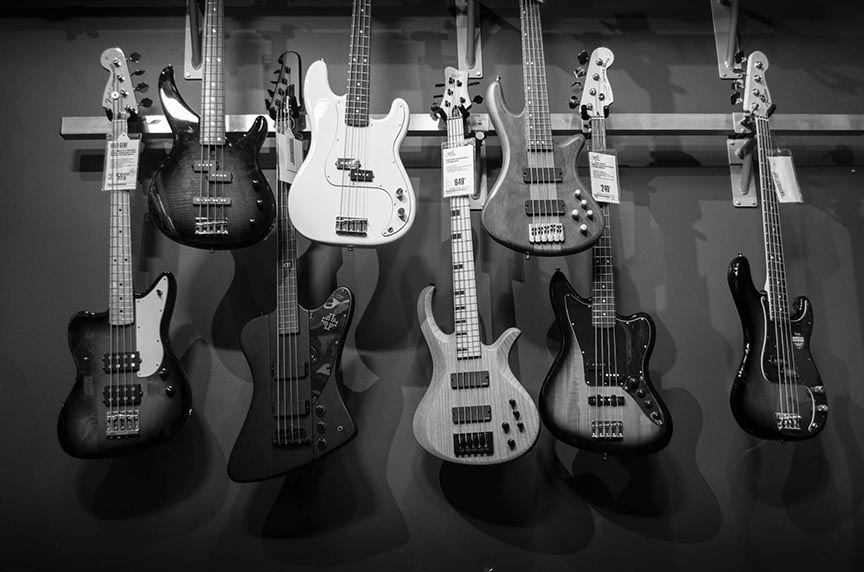
Source: Pexels
For a long time, music has been used in different settings to tell stories. As Bernard Herrmann suggested, music helps to propel a narrative and helps to envelop an audience into a single experience. People tend to be stimulated by stories that captivate most of their senses, and music can be an excellent tool for achieving this.
Studies have proved that using music in storytelling enhances the reception of the message as the story becomes more engaging, enjoyable, and memorable. A good example is Simon Sinek’s TED talk, How Great Leaders Inspire Action, where a simple sound effect is used to demonstrate the inspirational golden circle leadership model.
Music is a conduit for enhanced engagement and narrative progression in interactive installations. Artists and creators often leverage music to guide participants through a thematic journey. An exemplary instance is The Treachery of Sanctuary by Chris Milk, an interactive installation where participants’ shadows transform into birds as they interact with the piece. Music amplifies the emotional depth, synchronizing with participants’ movements and heightening the sense of transformation.
The Art of Sonic Storytelling
Sonic storytelling refers to how music and sound are applied to enhance a narrative. Factors like instrumentation type, melody, rhythm, and silence usually set the narrative’s mood. This can be seen in how online casino megaways games use different instruments, ranging from electric guitars to flutes and saxophones, to develop the spirit of the game. In games like the Madame Destiny Megaways, a mysterious musical theme is used, often accompanied by percussion instruments with ambient sound effects to enhance the gamers’ experiences.
Music also acts as a narrative guide, aligning its rhythms and melodies with the flow of the story’s structure. From the start, it can establish a thematic overture and guide viewers through the tale’s various arcs. Music punctuates specific moments as the narrative unfolds, emphasizing transitions and building anticipation for peak moments. In horror movies, for example, dissonant chords create tension while triumphant brasses show a character’s victory.
Great contemporary movies also feature great musical direction. Filmmakers use music to set the tone, anchor moments and themes, define characters, and sanction emotional reactions. Consider, for instance, the Pirates of the Caribbean movie, where Captain Jack Sparrow’s distinct musical motif captures his eccentric and unpredictable personality. Furthermore, various musical styles can demonstrate specific settings. As such, medieval RPGs will have many flutes and harpsichords, while sci-fi games tend to have many synthesizers and electronic beats.

Source: Pexels
Immersive soundscapes are a great arsenal used to evoke powerful emotions when conveying an age-old story in ways that words cannot. These soundtracks allow listeners to interpret the piece’s meaning by creating mental pictures around how the music makes them feel. With such possibilities, storytellers can ensure the message is understood as intended.
Music Captivates
Music has a captivating way of immersing audiences into a storyline’s heart and creating memorable and relatable experiences. As such, content creators such as filmmakers and online casinos use musical themes to create impactful plots and narratives that can easily captivate crowds.


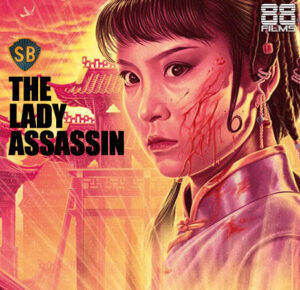


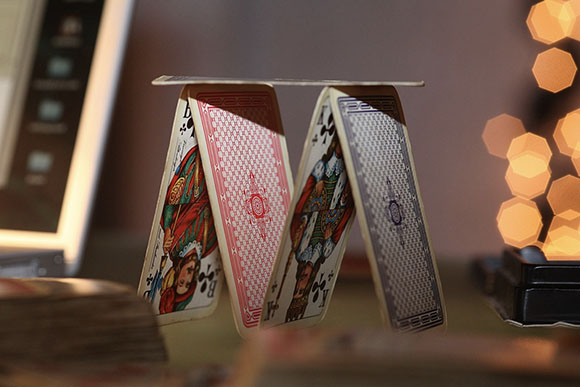
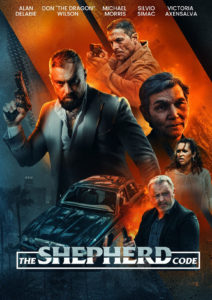


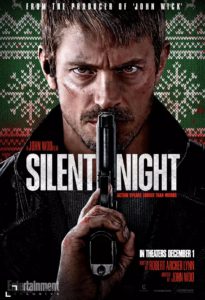
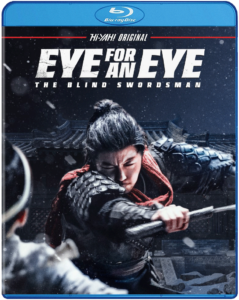

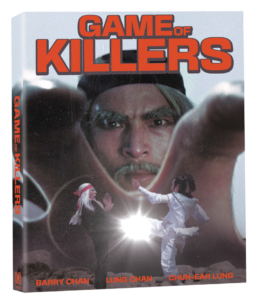
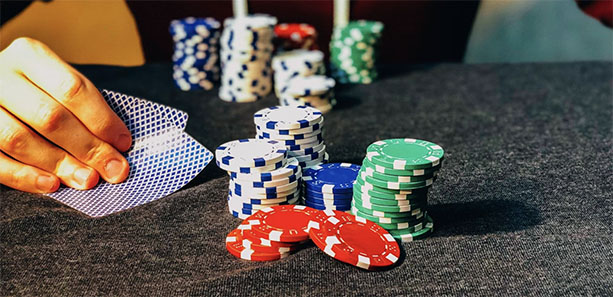
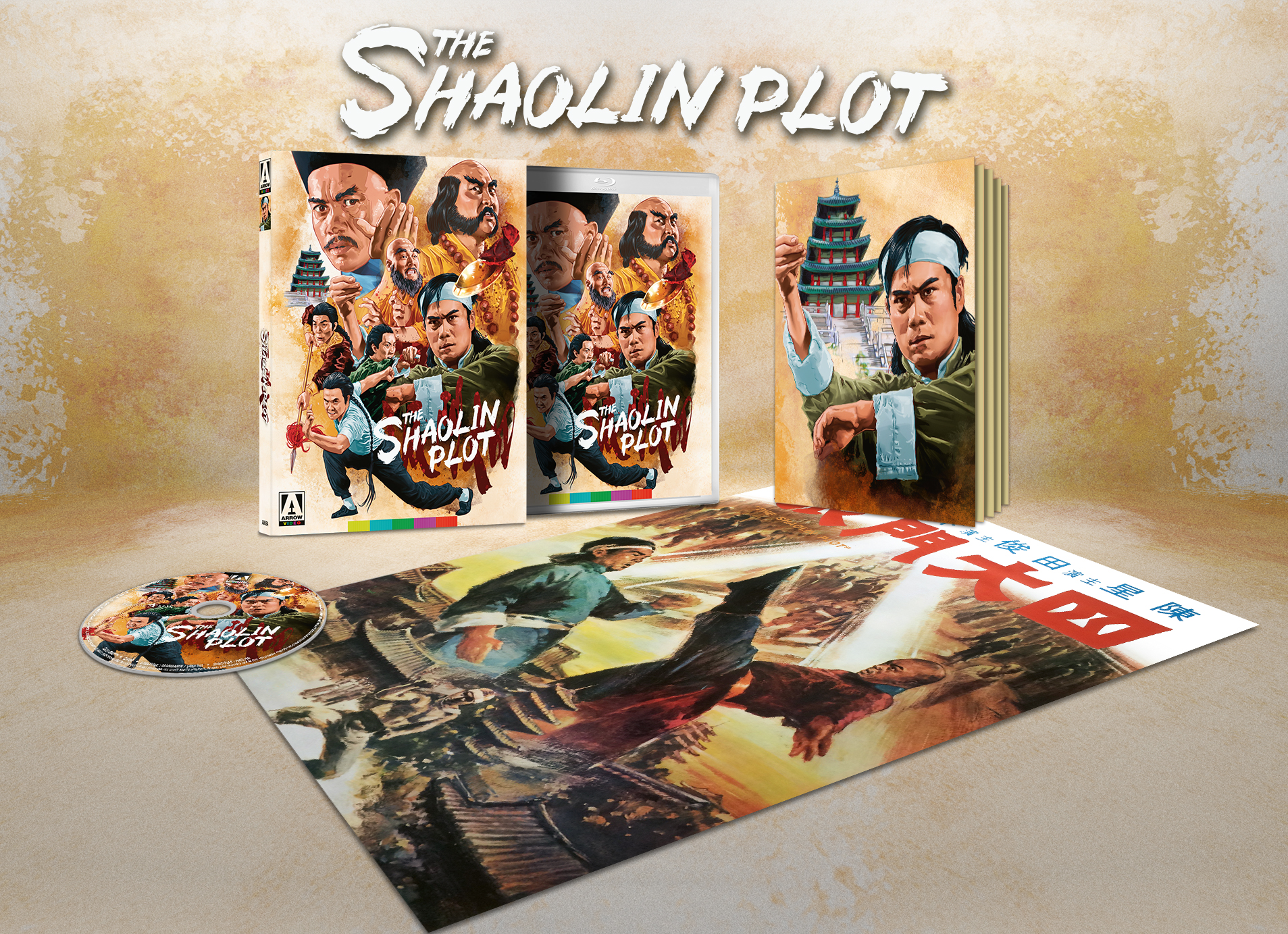





Be the 1st to Comment